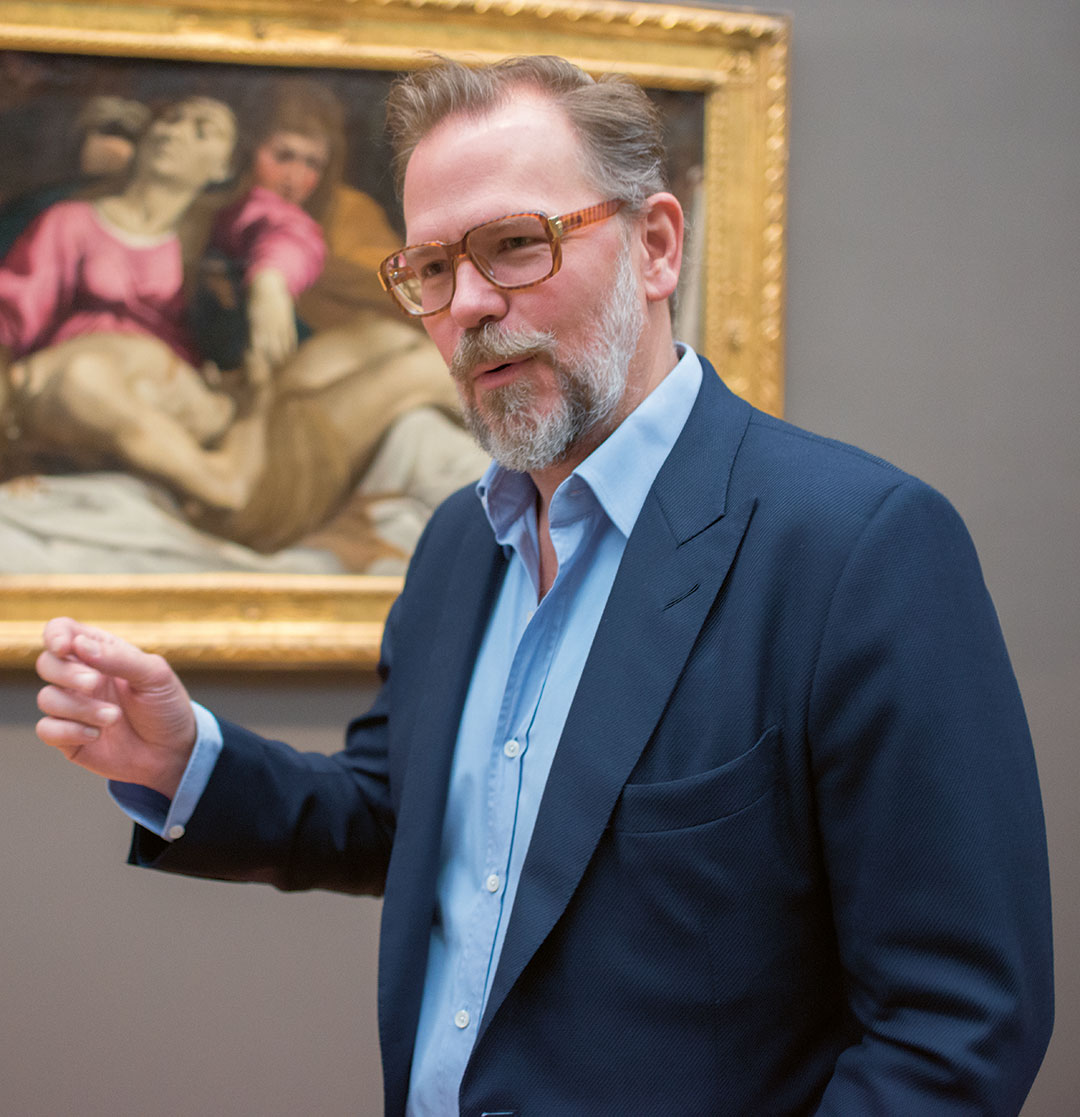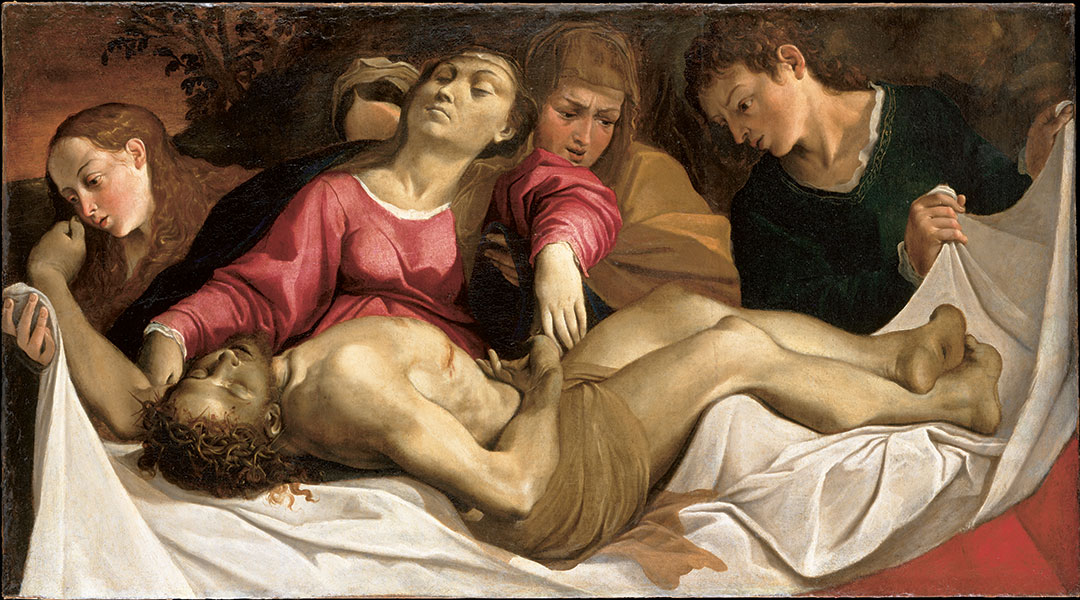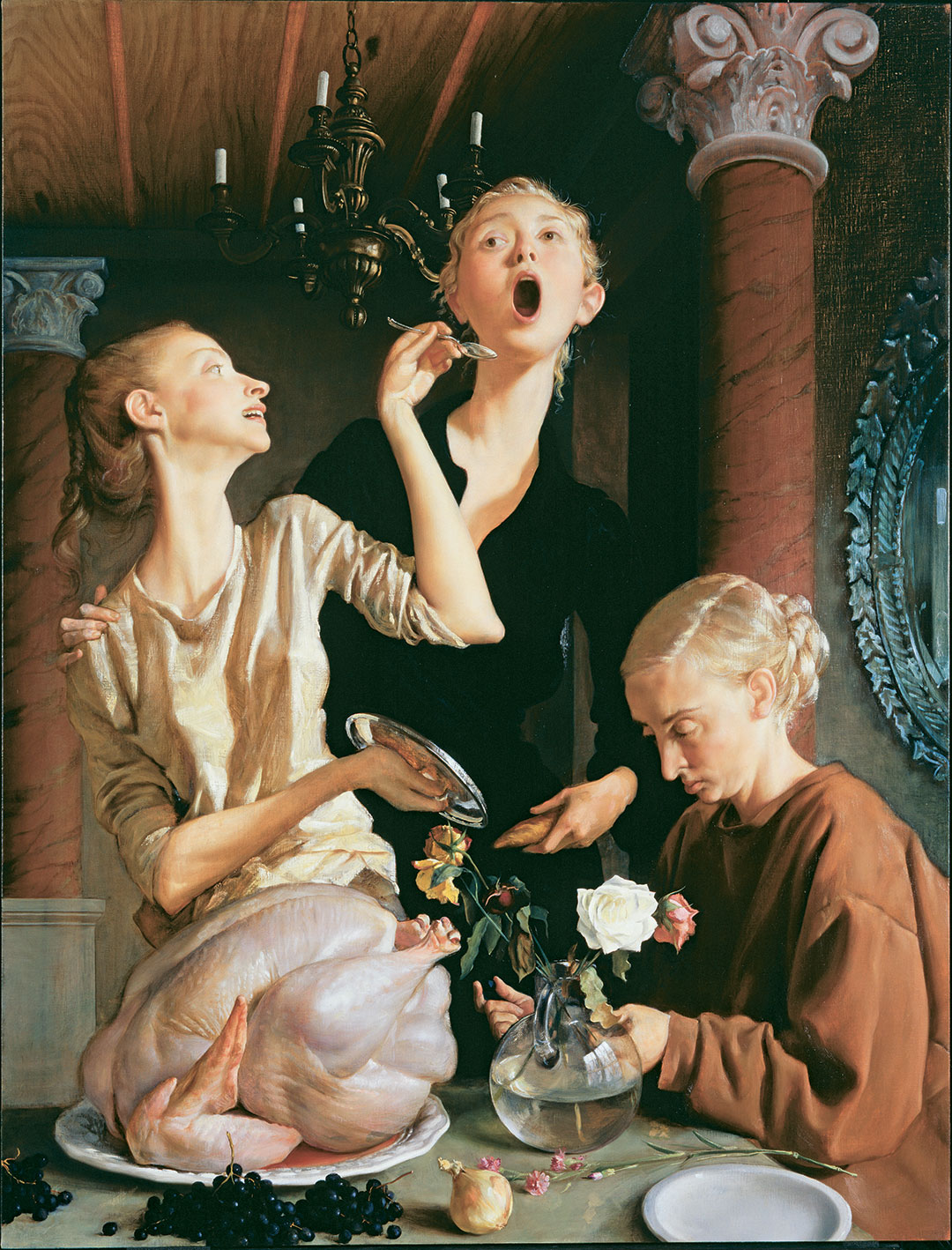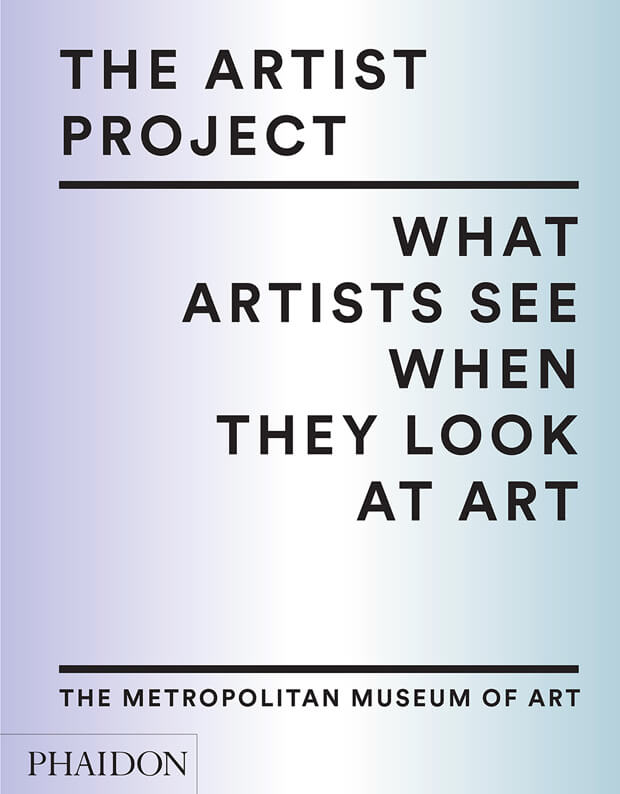
The Artist Project: John Currin on Ludovico Carracci
The US contemporary artist finds something both dead and alive in Carracci's sixteenth century depiction of Christ
What do non-church goers see in Christian painting? It depends on the work and the viewer, of course, but the contemporary painter John Currin finds both artistic and spiritual insight in Ludovico Carracci’s depiction of Saint John and the Virgin Mary mourning over Christ’s dead body.
“I wasn’t raised going to church, so I look at religious paintings like I would any other painting,” explains Currin in our new book The Artist Project, wherein contemporary artists offer their insights into classic works within the Metropolitan Museum.

Carracci Lamentation is notable in part for its fusion of mannerist, slightly unnatural styles of the Renaissance with more naturalistic depictions. The central figure of Jesus was based on a posed model, while the people behind conform more readily to the style of Carracci’s age, which Currin describes as “very mannered and stylized. If you actually tried to make a human into a mannerist figure, you’d have to break their bones and twist them and kill them.”
This uneven mixture isn’t a flaw, from Currin’s perspective, but rather a positive quality. “It gives you relief from having to embody Christ,” he explains. “There are so many conflicts that would have been easily resolved by moving one element over, but you start to realize that’s the point: Carracci likes those things.”
The artistic tussle between realistic, photographic-like depictions of the world and freer representations, conveying feelings and ideas, lies at the heart of modernism, yet Currin argues the struggle has always been there, if you know where to look.

“That, to me, is the magical thing about any painting: it sets up rules and then contradicts them, and exists in a paradoxical state of the real and unreal, of depth and flatness,” he says, “all those things that became explicit and kind of tiresome with modernism but have always been latent as part of the spectacle of painting.”
No one would argue that Carracci’s painting was a stylistically still or concordant, yet, as Currin points out, all that disturbance works towards a remarkably suitable end, given the artist’s subject.
“He’s made something that has a mysterious physical presence,” explains Currin. “It’s neither flat nor real and, in a way, is dead and also alive the way Christ is.”

To find out more about the classic works that inspire contemporary artists, order a copy of The Artist Project here.